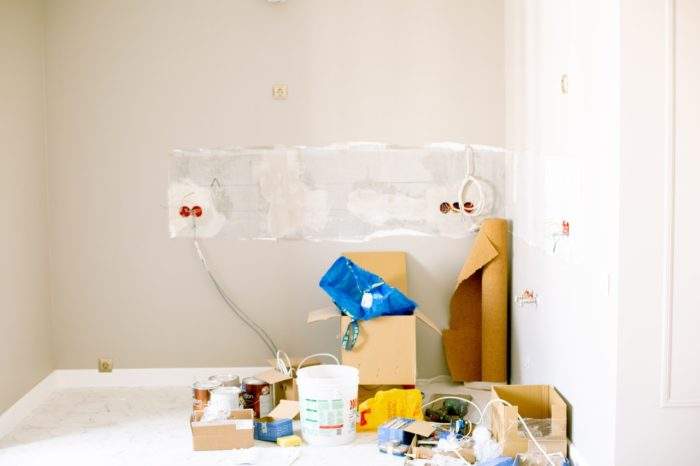Top 4 Things to Know About Home Renovations

There are several things to consider before embarking on a home renovation project. These can range from planning a budget to preparing a work schedule. From choosing a contractor to building regulations, there is a lot to think about. Listed below are some tips to help you along the way. Keep reading to learn more about the various stages of home renovation projects. You’ll also learn to choose the right contractor and prepare a budget.
1. Budgeting for home renovations
When it comes to home renovations, budgeting can be a daunting task. After all, it’s not a tiny endeavor, and it can also include a lot of nasty surprises! There are three primary ways to set up a budget for a renovation project: structural, functional, and internal. But whatever approach you choose, planning, estimating, and prioritizing are all vital parts of the process. Below are some tips for budgeting for home renovations by St. Charles kitchen and bath.
Always budget for unexpected costs. Unexpected costs during a home renovation can include:
- Damage to the property.
- An increased list of jobs.
- A surprise discovery about out-of-sight problems.
For this reason, it’s best to budget for at least 30% more than you initially planned. The last thing you need is to owe the contractor more money than you originally anticipated! In addition, make sure you include additional costs for repairs, materials, and time spent on the renovation than you originally planned.
2. Preparing a work schedule
Planning your project’s timeline is essential for preparing a work schedule for home renovations. As with any project, some actions require expenditures. When creating a schedule, consider all of these expenses, and factor them in as you go. This includes subcontractors, if any, who will need to supply materials and perform tasks. When preparing a schedule, consider these three factors.
First, determine how long each phase of your renovation will take. Ideally, a project will be completed in stages, beginning with the most important one. For instance, electrical and structural improvements should be completed first. In addition, it’s important to factor in the impact of weather and power outages. If you’re unsure how long each phase will take, you can divide the project into smaller chunks and assign resources to those tasks ahead of schedule.
3. Costs involved
When you decide to remodel your home, there are several costs you should keep in mind. A new roof can cost up to $20,000, and flooring can range from $2,800 to $4,400. Electrical updates and structural changes can run anywhere from $300 to $10,000. The exact amount you need to budget for these changes will depend on how much you are remodeling. Depending on the extent of your remodel, you may want to consider hiring a professional contractor.
Typical prices vary greatly, depending on the size of the room. A 1,000-square-foot home may cost less than $19,000 to renovate, while a 3,000 to 4,000-square-foot house can cost $75,000 to $100,000. For larger spaces, hiring an architect is recommended. This is particularly true if structural changes are involved. An architect can charge anywhere from $125 to $250 per hour. A kitchen renovation is an example of a high-end project.
4. Choosing a contractor
The first step in hiring a contractor for home renovations is to find out as much as you can about them. Ask friends and family members about their experiences with different contractors. Having a look at previous projects can also give you peace of mind. Check out online reviews to see what people say about other contractors. If you can visit their previous projects, that’s even better! Just be sure to get references!
There are two basic categories of contractors: excellent and moderate. The 50-40 Excellent contractors are reputable and efficient. They have extensive experience and many positive reviews. The cost they charge is also reasonable, depending on the work you need to be done. The 39-30 Good range contractors are less expensive than the excellent ones, but they don’t have as many positive reviews and portfolios as the excellent ones. However, you may want to look at their portfolio to ensure they are reputable and will finish the job correctly.






